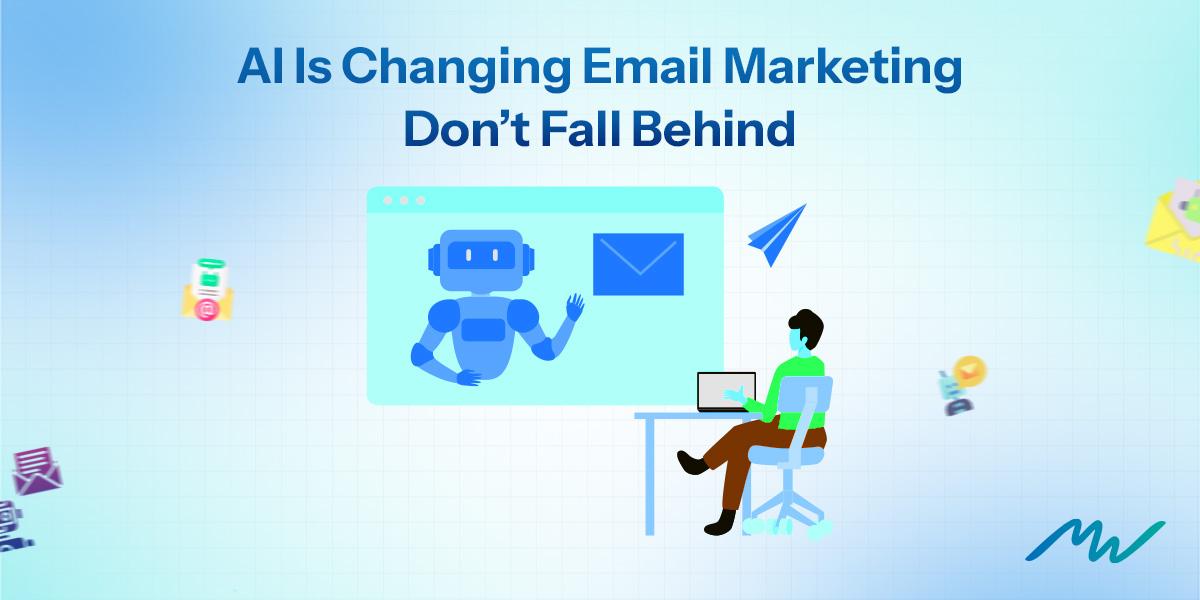Let’s start with a quick story.
A friend of mine runs a boutique eCommerce brand. Every Friday, she would sit down with her laptop, brainstorm subject lines, write copy, and send her weekly newsletter.
Some weeks she saw decent open rates. Other weeks? Crickets. She called it her “hit-or-miss marketing ritual.”
Then she tried AI.
Instead of guessing what to write, when to send, or who to target, she plugged her data into an AI-powered tool. Within weeks, her open rates jumped 22%. Not because she suddenly became a better writer, but because the AI knew her audience better than she did.
That’s the power of AI in email marketing. It’s not replacing us. It’s making our work smarter, faster, and more precise.
Neil Patel sums it up bluntly: “If you’re not using AI, you’re already behind.”
This isn’t hype. It’s happening right now. Spotify curates playlist emails that feel handpicked. Grammarly knows when your writing streak has slowed down. These aren’t magic tricks. They’re smart algorithms applied with intent.
So let’s unpack how you can do the same, without needing a data science degree or a Fortune 500 budget.




